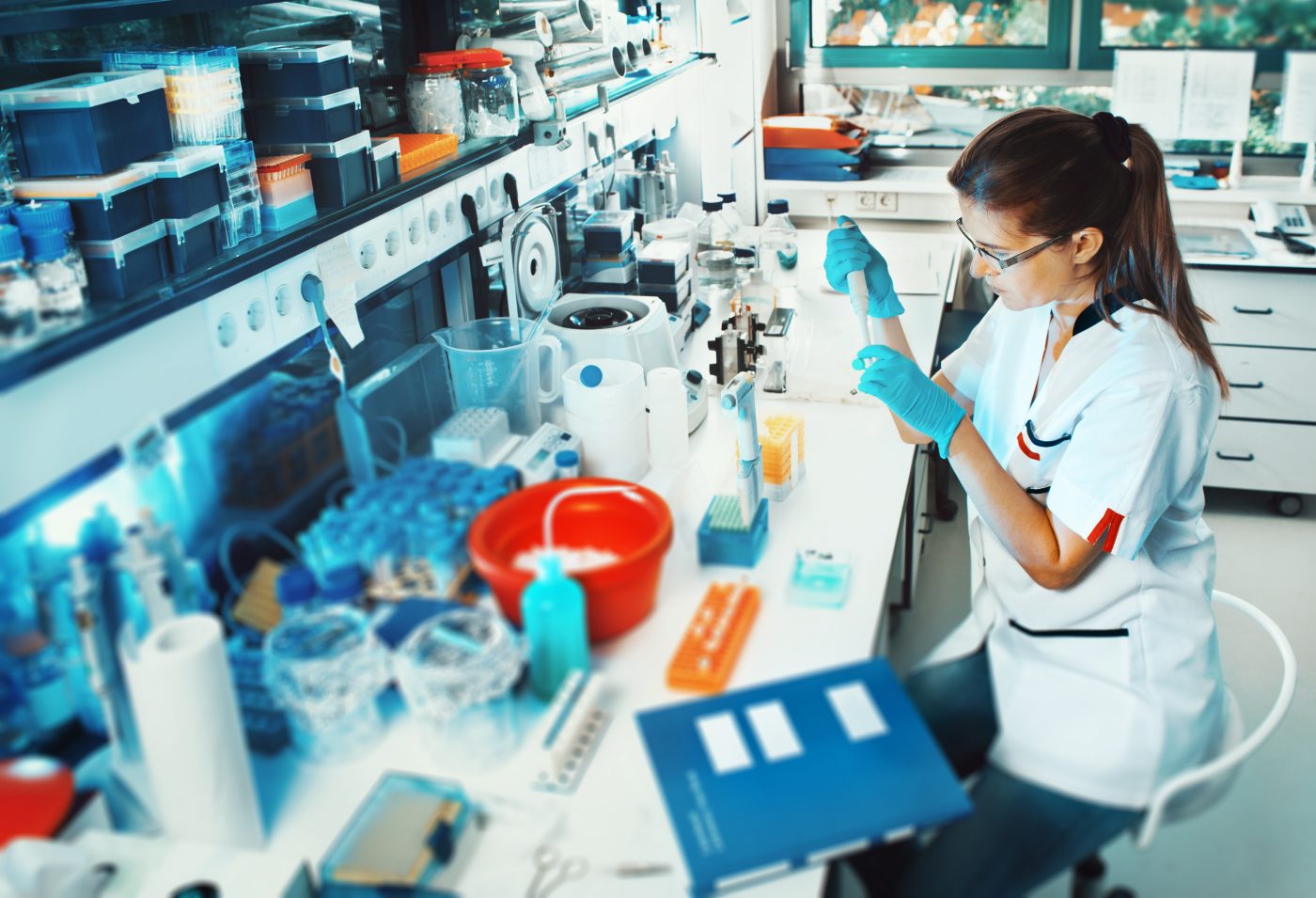Promising Therapy for Muscular Dystrophy Based on Adult Stem Cells

A new study recently published in the journal ACS Nano revealed a new technique to trigger muscle cell differentiation from adult stem cells using a genetic approach. The study is entitled “Inducing Stem Cell Myogenesis Using NanoScript” and was conducted by researchers at Rutgers, The State University of New Jersey in the United States and the Kyoto University in Japan.
Stem cell therapies are based on the use of stem cells, undifferentiated cells that have the remarkable potential to differentiate into several different specialized cell types, including cells from the skin, bone and muscle. Stem cell therapies are considered promising strategies that hold a great therapeutic potential for several medical conditions, from spinal cord injuries to cancer. Stem cells can, however, be difficult to control. Researchers have now reported a new method that mimics the body’s natural strategy to program stem cells.
Transcription factors are key proteins that play an important role in the regulation of gene expression and that coordinate stem cell differentiation. In the study, researchers developed a strategy to program and differentiate stem cells using a nanoparticle-based artificial transcription factor called NanoScript. The NanoScript system is composed of a gold nanoparticle and small molecules that mimic the multiple domains of transcription factors. In this way, NanoScript is able to mimic the structure and function of transcription factor proteins.
In the study, researchers used the NanoScript to mimic the body’s natural transcription factor that induces muscle-cell growth (myogenesis) – myogenic regulatory factors (MRFs). The generated NanoScript-MRF was found to be stable in physiological environments and to localize within the nucleus. Interestingly, the NanoScript-MRF induced the differentiation of adipose-derived adult stem cells into mature muscle cells in 7 days, so that fat tissue actually became muscle.
The team reports that these findings are especially important as they can be valuable for the development of treatment strategies for patients with muscular disorders, as is the case of muscular dystrophy, a condition characterized by a progressive skeletal muscle weakness that leads to the degeneration of muscle cells and tissues, compromising locomotion and also respiratory and cardiac functions.
According to a news release, researchers report that the NanoScript system is a safe and powerful tool and that it can be potentially designed to grow other cell types besides muscle, expanding the medical possibilities offered by the system.






